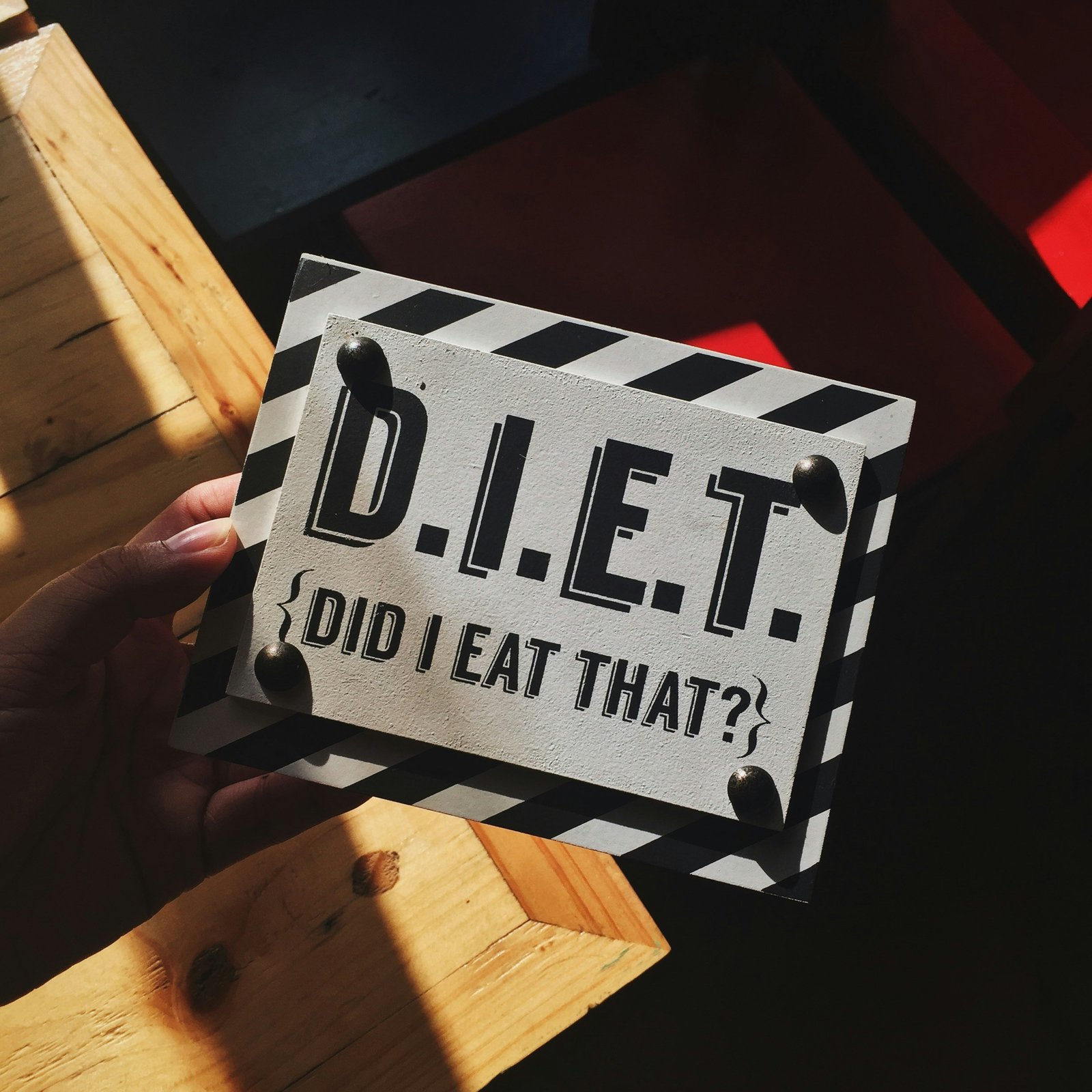
What? That title must be wrong!
Well,its not!
Read on.
Oh!! Do we love to eat them chickens or not?
We do. Unashamedly!
But today we have to answer a different question, the ones we usually dodge in public!
Have you ever wondered what’s in that chicken nugget?
Or how much chicken you do/should eat in a week?
Or why chicken is so popular around the world?
Well, chicken lovers, brace yourselves for a revelation!
Your favorite food could be a sweet and slow poison, harming your health in more ways than you can imagine.
Chicken is often considered a healthy and affordable source of protein, as well as a versatile and delicious ingredient for various cuisines.
HOWEVER, EATING CHICKEN THESE DAYS IS
NOT THE
SAME AS EATING CHICKEN A FEW DECADES AGO.
Due to changes in the farming, processing, and cooking methods of chicken, the nutritional quality and safety of chicken meat have declined significantly.
In fact, eating chicken these days could be causing most of the chronic diseases like diabetes, hypertension, and even cancers, especially due to the role of linoleic acid.
Linoleic acid is a type of fat that is essential for human health
But only in small amounts, mind you.
As they have been saying, “Excess of anything is bad!”
It is found mostly in plant oils and poultry meat, and it is used by the body to produce energy and regulate various physiological functions.
However, when consumed in excess, linoleic acid can have detrimental effects on human health, such as increasing inflammation, oxidative stress, insulin resistance, blood pressure, and cholesterol levels. Moreover, linoleic acid can interfere with the balance of omega-3 and omega-6 fatty acids in the body, which are crucial for the prevention and treatment of chronic diseases.
Scientists have now figured how chicken consumption contributes to linoleic acid overload, and how this affects the risk of various chronic diseases. They have even charted the specific mechanisms and pathways that link chicken consumption, linoleic acid, and chronic diseases, and how they can vary depending on the individual’s genetics, lifestyle, and environmental factors.
After we make it crystal clear, what damage is chicken consumption doing to your body, we will share some recommendations and suggestions for reducing chicken consumption and improving your health and diet.
By the end of this article, you will have a better understanding of the hidden dangers of chicken consumption, and how you can take action to protect yourself and your loved ones from the consequences of chicken consumption.
So, let’s get started! 🐔
What is Linoleic Acid and Why is it Harmful?
Linoleic acid is a type of fat that belongs to the omega-6 family of fatty acids.
Omega-6 fatty acids are essential fatty acids, meaning that they cannot be synthesized by the body and must be obtained from food.
Linoleic acid is found mostly in plant oils, such as sunflower, safflower, soybean, corn, and canola oils, as well as in poultry meat, nuts, and seeds.
Like all fatty acids, linoleic acid is used by the body as a source of energy.
It is also a building block for the production of other important molecules.
One of these are EICOSANOIDS.
Eicosanoids are hormone-like substances that regulate many biological processes, such as blood pressure, blood clotting, inflammation, immune function, and reproduction.
However, not all eicosanoids have the same effects.
Some are pro-inflammatory, meaning that they increase inflammation and promote tissue damage, while others are anti-inflammatory, meaning that they reduce inflammation and protect tissue health.
The balance between pro- and anti-inflammatory eicosanoids depends largely on the ratio of omega-6 to omega-3 fatty acids in the body.
Omega-3 fatty acids are another type of essential fatty acids that are found mainly in fish, seafood, and some plant sources, such as flaxseeds, chia seeds, and walnuts.
When we consume too much linoleic acid and not enough omega-3 fatty acids, the balance of eicosanoids shifts towards the pro-inflammatory side.
Consuming foods with higher Omega-6: Omega-3 fatty acids can lead to chronic inflammation, a common factor in many diseases, such as cardiovascular disease, diabetes, and cancer.
Excessive linoleic acid intake can also cause other harmful effects, such as increasing oxidative stress, insulin resistance, blood pressure, and cholesterol levels.
Several studies have shown that reducing linoleic acid intake and increasing omega-3 fatty acid intake can improve the balance of eicosanoids and lower the risk of chronic diseases.
For example, a meta-analysis of randomized controlled trials found that replacing saturated fat with linoleic acid reduced the risk of coronary heart disease by 19% but replacing saturated fat with omega-3 fatty acids reduced the risk by 28%.
Another meta-analysis of observational studies found that higher intake of linoleic acid was associated with lower risk of type 2 diabetes, but higher intake of omega-3 fatty acids was associated with even lower risk.
Chicken Consumption Contributing to Linoleic Acid Overload?
Chicken is one of the most popular and widely consumed meats in the world.
According to the Food and Agriculture Organization, the global production of chicken meat was 111.8 million metric tons in 2020, and the average per capita consumption was 14.7 kilograms. Chicken is often considered a healthy and affordable source of protein, as well as a versatile and delicious ingredient for various cuisines.
However, eating chicken these days is not the same as eating chicken a few decades ago.
One of the major changes is the increase in the linoleic acid content of chicken meat.
The linoleic acid content of chicken meat depends on several factors, such as
-
- the type
- the cut
- the preparation of the chicken
Generally, dark meat (such as thighs and drumsticks) has more fat and linoleic acid than white meat (such as breast and wings).
Skinless chicken has less fat and linoleic acid than chicken with skin. Fried chicken has more fat and linoleic acid than baked or grilled chicken.
However, the most important factor that affects the linoleic acid content of chicken meat is “the diet of the chicken”.
Most chickens today are raised in industrial farms, where they are fed with grains, soybeans, and corn, which are rich in linoleic acid. This results in higher levels of linoleic acid in the chicken meat, compared to chickens that are raised on pasture, where they can eat grass, insects, and seeds, which are lower in linoleic acid.
According to a study that analyzed the fatty acid composition of chicken meat from different countries, the average linoleic acid content of chicken meat was 16.5% of total fat in 2010, compared to 8.8% in 1960. This means that eating 100 grams of chicken meat today provides about 2.5 grams of linoleic acid, compared to 1.3 grams in 1960.
| Life Stage | Age | Source | Males: (g/day) | Females: (g/day) |
|---|---|---|---|---|
| Children | 1-3 years | LA | 7 | 7 |
| Children | 4-8 years | LA | 10 | 10 |
| Children | 9-13 years | LA | 12 | 10 |
| Adolescents | 14-18 years | LA | 16 | 11 |
| Adults | 19-50 years | LA | 17 | 12 |
| Adults | >50 years | LA | 14 | 11 |
| Pregnancy | All ages | LA | - | 13 |
| Lactation | All ages | LA | - | 13 |
Eating chicken meat can increase the intake of linoleic acid beyond the recommended levels, and affect the balance of omega-3 and omega-6 fatty acids in the body.
The World Health Organization recommends that in typical adult females and males, 2 % of the total daily energy intake should be derived from omega-6 PUFA and 0.5 % from omega-3 PUFA. This corresponds to a daily intake of approximately 6 g/day (5 g omega-6 PUFA/day + 1 g omega-3 PUFA/day) for women and 8 g/day (6.4 g omega-6 PUFA/day + 1.6 g omega-3 PUFA/day) for men.
The ratio of omega-6 to omega-3 fatty acids should be between 5:1 and 10:1.
However, in Western diets, the intake of linoleic acid can exceed 15% of total energy intake, and the ratio of omega-6 to omega-3 fatty acids can be as high as 20:1.
Several studies have shown that
reducing chicken consumption and increasing fish consumption
can improve the balance of omega-3 and omega-6 fatty acids and
lower the risk of chronic diseases.
For example, a randomized controlled trial found that replacing chicken with fish for 12 weeks reduced the levels of pro-inflammatory eicosanoids and improved the markers of cardiovascular health in healthy adults. Another randomized controlled trial found that replacing chicken with fish for 8 weeks improved the insulin sensitivity and blood lipid profile in overweight and obese adults.
Consequences of Chicken Consumption for Chronic Diseases
Chicken consumption can increase the risk of various chronic diseases, such as cardiovascular disease, diabetes, and cancer, by affecting the metabolism, immune function, blood clotting, inflammation, and reproduction. These effects are mainly mediated by the linoleic acid and other omega-6 fatty acids that are derived from chicken meat.
Linoleic acid and other omega-6 fatty acids can influence the development and progression of chronic diseases by modulating the expression and activity of genes, enzymes, receptors, and signaling pathways that are involved in these diseases.
Linoleic acid and other omega-6 fatty acids
can increase the production of pro-inflammatory eicosanoids, such as prostaglandin E2 and leukotriene B4,
which can
promote inflammation, oxidative stress, endothelial dysfunction, platelet aggregation, and vascular smooth muscle cell proliferation,
leading to
atherosclerosis, hypertension, and coronary heart disease.
Linoleic acid and other omega-6 fatty acids can also impair the insulin signaling and glucose uptake in muscle and fat cells, leading to insulin resistance, hyperglycemia, and type 2 diabetes.
Moreover, linoleic acid and other omega-6 fatty acids can stimulate the growth and survival of cancer cells, by activating the nuclear factor-kappa B and mitogen-activated protein kinase pathways, which regulate the expression of genes that are involved in cell proliferation, apoptosis, angiogenesis, invasion, and metastasis.
Are you being affected by the Linoleic Acid?
The effects of chicken consumption, linoleic acid, and other omega-6 fatty acids on chronic diseases can vary depending on the individual’s genetics, lifestyle, and environmental factors. For example
- Some people may have genetic variants that affect the metabolism and conversion of linoleic acid and other omega-6 fatty acids, making them more or less susceptible to the harmful effects of these fatty acids.
- Some people may also have higher or lower intake of omega-3 fatty acids, antioxidants, vitamins, minerals, and phytochemicals, which can modulate the effects of linoleic acid and other omega-6 fatty acids on chronic diseases.
- Furthermore, some people may be exposed to more or less stress, pollution, infection, and other environmental factors, which can interact with linoleic acid and other omega-6 fatty acids and influence the risk of chronic diseases.
Several studies have shown that reducing chicken consumption and increasing the intake of other sources of protein, such as fish, legumes, nuts, and seeds, can lower the risk of chronic diseases.
For example,
- A meta-analysis of prospective cohort studies found that replacing 3% of energy from chicken with plant protein was associated with a 10% lower risk of all-cause mortality and a 12% lower risk of cardiovascular mortality.
- Another meta-analysis of prospective cohort studies found that replacing 3% of energy from chicken with fish was associated with a 6% lower risk of coronary heart disease.
- A third meta-analysis of prospective cohort studies found that replacing 3% of energy from chicken with legumes was associated with a 9% lower risk of type 2 diabetes.
In conclusion, chicken consumption can have both positive and negative effects on human health, depending on the amount, type, and preparation of the chicken, as well as the overall dietary pattern and lifestyle of the individual. Chicken is a good source of protein and other nutrients, but it also contains high amounts of linoleic acid and other omega-6 fatty acids, which can cause inflammation, oxidative stress, insulin resistance, and other metabolic disturbances, leading to increased risk of chronic diseases, such as cardiovascular disease, diabetes, and cancer.
To prevent these adverse effects, it is important to limit the intake of chicken, especially processed and fried chicken, and to balance it with other sources of protein, such as fish, legumes, nuts, and seeds.
By understanding the hidden dangers of chicken consumption, and how they can be prevented or reduced, the readers can take action to protect themselves and their loved ones from the consequences of chicken consumption. Some of the actions that the readers can take are:
- Limit the intake of chicken, especially processed and fried chicken, and choose leaner cuts, such as breast and wings, and remove the skin before eating.
- Balance the intake of chicken with other sources of protein, such as fish, legumes, nuts, and seeds, which are rich in omega-3 fatty acids, antioxidants, vitamins, minerals, and phytochemicals.
- Avoid cooking chicken with high-temperature methods, such as frying, grilling, or roasting, which can increase the formation of harmful compounds, such as heterocyclic amines and polycyclic aromatic hydrocarbons. Instead, use low-temperature methods, such as boiling, steaming, or poaching, which can preserve the nutritional quality and safety of chicken meat.
- Choose organic, free-range, or pasture-raised chicken, which have lower levels of linoleic acid and other omega-6 fatty acids, and higher levels of omega-3 fatty acids and other beneficial nutrients, compared to conventional, factory-farmed chicken.
- Supplement the diet with omega-3 fatty acids, such as fish oil, flaxseed oil, or algae oil, which can improve the balance of omega-3 and omega-6 fatty acids in the body, and lower the risk of chronic diseases.
- A WELL BALANCED DIET that includes a variety of foods can help mitigate any potential risks associated with excessive linoleic acid intake. Incorporating other sources of healthy fats, such as monounsaturated fats found in olive oil and avocados, can help maintain a healthy balance.
We hope that this article has been informative and helpful for you. We would love to hear your feedback or opinions on this topic. Please feel free to leave a comment below, or share this article with your friends and family.
Remember, you are what you eat, so choose wisely and eat healthily! 😊









